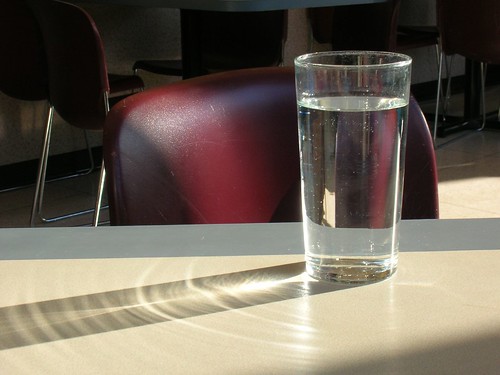
Water, a substance necessary for a person to live. Yet, as many as "one in eight" people in the world today don't have access to clean water. It might be hard for some people to imagine given the ubiquity of water in developed nations. Let's say you turned on your tap and thick, brown water with a strong stench came out. This might happen for a number of reasons, but you would only have to deal with it for typically less than a few hours. Water like this is a fact of life for many people living in Africa. Some people even walk for miles to retrieve water like this.
The easiest, and most beneficial solution to this is to build a well within close walking distance of the locales that need water. Wells provide a source of water that is close where it is put to use. This reduces time spent transporting water allowing that time to be spent on more beneficial activities, like education and healthcare. It also provides naturally filtered water as opposed to water that may come from a contaminated pool or stream.
Unfortunately, many villages are unable to afford the building of a well. Digging a well requires time, effort, and money. The process involves large equipment which small villages cannot even rent due to cost.
This is where you can help. Many charities like water.org allow you to donate money to help build wells. Donating is easy and it takes only a few minutes. Your donation can help provide a person with safe water for life.
If donating money is not enough for you, take another step. Do what this Slippery Rock Professor did. (Regular readers should have seen this coming)
Dr. Wukich, an art professor at Slippery Rock University, makes water filters from clay and straw or sawdust. He then takes these water filters to developing countries to demonstrate the effectiveness of them to the locals. Then he does what any professor would do and teaches them how to make these water filters. The raw materials, clay and straw, are easy for anybody to obtain cheaply or even freely. The clay and straw are then mixed and pressed into a bowl shape. Once dry, the filter can be used again and again to filter water. You can see more about the process documented by the Braddock Library Water Filter Project.
Through even a little work you can help people around the world gain access to water like that seen at the beginning of the post.
http://www.charitywater.org/whywater/
http://water.org/solutions/digging/